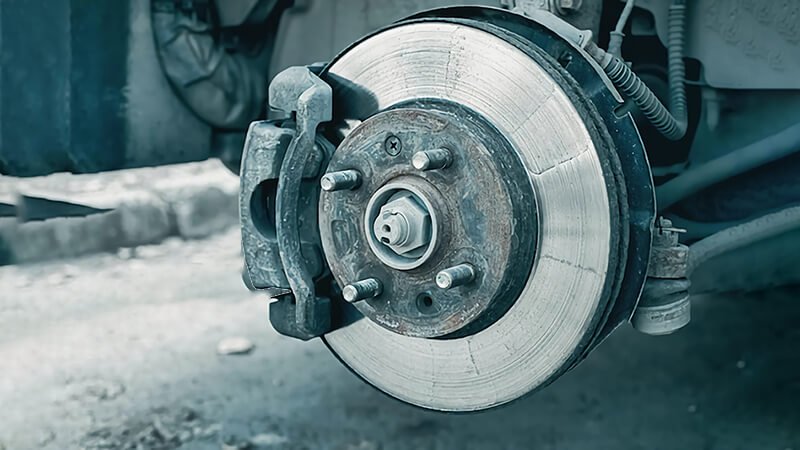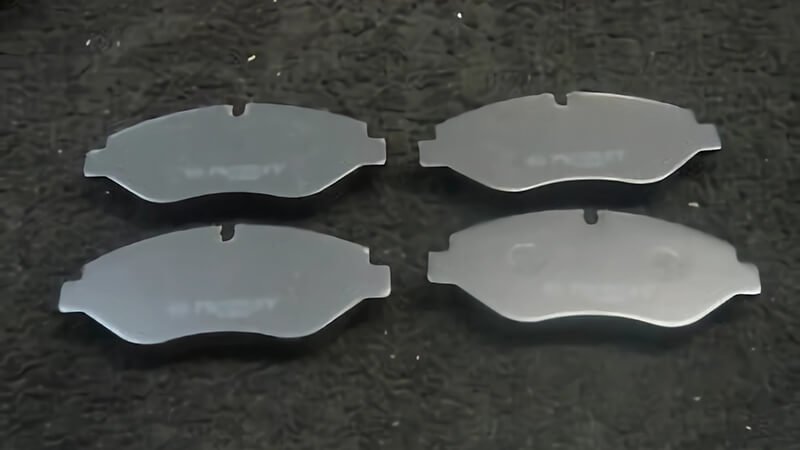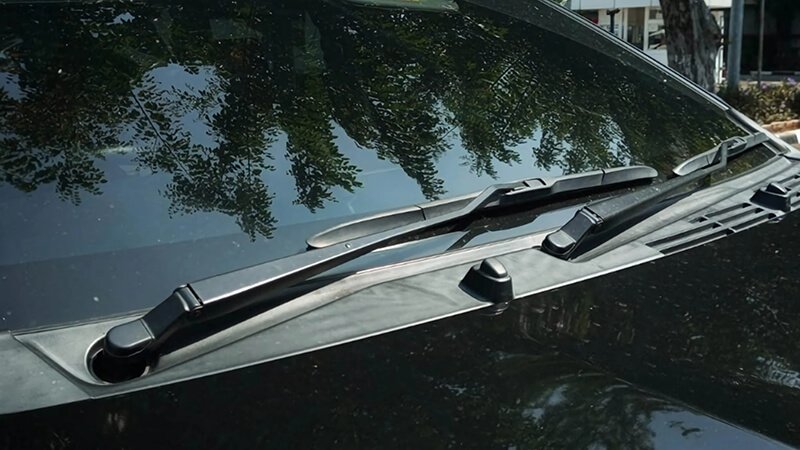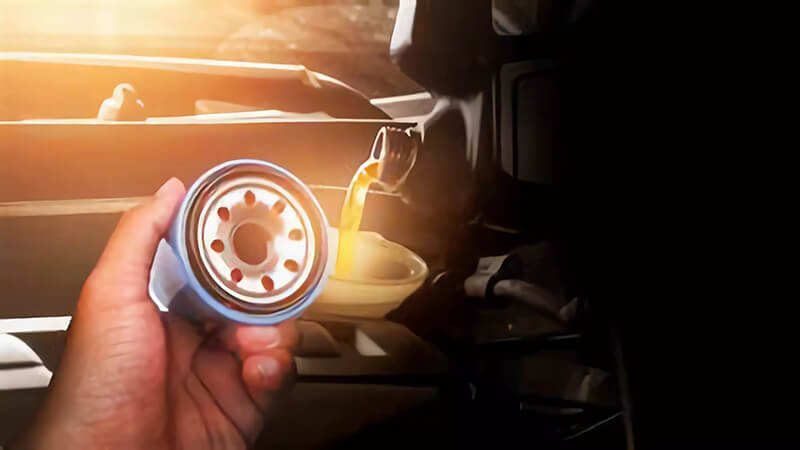Changing brake pads without a computer may sound like a daunting task, but for most vehicles, it's a pretty straightforward process. You don't need fancy tools or tech – just some basic knowledge and a bit of effort. However, things get tricky with modern cars that have electronic parking brakes.
Yes, you can replace brake pads without a computer. In most cases, it’s simply about removing the old pads and installing new ones. But if your car has an electronic parking brake, there are a few extra steps you need to follow to ensure everything works properly.
But before we dive deeper, let’s explore the key things you need to know about brake pad replacement and the factors that can make it more complicated, especially with modern technology in cars.

Can I just replace brake pads only?
If you're wondering whether it’s possible to replace only the brake pads without replacing other parts, you're not alone. Many people assume that replacing the whole brake system is necessary every time you change pads. Let’s set the record straight.
Yes, you can absolutely replace just the brake pads. Brake pads wear out over time, but the rest of the braking system, including the rotors and calipers, usually stays in good shape for a longer period. However, if your rotors are too worn, you may need to replace them as well.
Replacing just the brake pads can save time and money, but it depends on the condition of your entire brake system. Brake pads are designed to wear out quicker than the other components, and that’s why they are replaced more often. However, if your brake pads are wearing unevenly or the rotor surface1 is grooved, you might need to replace both.
Let’s break down the process of replacing brake pads:
Key Factors to Consider:
| Component | What to Check | Why It Matters |
|---|---|---|
| Brake Pads | Check for wear | Worn brake pads2 reduce stopping power, leading to safety concerns. |
| Rotors | Inspect for grooves or cracks | If the rotors are damaged, replacing only the pads will not provide effective braking. |
| Calipers | Check for sticking or leaks | If calipers aren't functioning properly, it could affect pad wear and overall braking efficiency3. |
If your rotors are in good condition and there's no uneven wear, you can just replace the pads. But if your rotors are warped or have deep grooves, replacing them along with the pads ensures a smoother, more effective braking performance.

Do I need a scan tool to change brake pads?
A common question among car owners today is whether a scan tool or diagnostic tool is necessary to replace brake pads, especially when dealing with cars that have modern brake systems. It’s an understandable concern, but the answer isn’t always as complicated as it seems.
For most vehicles, you don’t need a scan tool to replace brake pads. However, vehicles with electronic parking brakes (EPB) may require a reset, which could need a scan tool or manual intervention. Thankfully, you don’t always need to go to a mechanic for that.
Modern cars often feature an electronic parking brake (EPB)4, which makes the task of replacing brake pads a bit more challenging. When you replace the brake pads on these vehicles, the EPB must be disengaged to allow the brake caliper to slide off the rotor.
For cars with EPB systems, a diagnostic scan tool5 is often needed to electronically retract the brake pistons. However, there’s a manual method for cars6 like these, which doesn’t require a scan tool. This involves removing the motor from the brake caliper and retracting the piston by hand.
Take, for example, a customer of Runex Auto who reached out about replacing the rear brake pads on their 2016 VW Golf R. They were initially hesitant because of the EPB system, fearing they would need an expensive diagnostic tool. We advised them to manually remove the parking brake motor from the caliper and retract the piston without the need for a scan tool. This not only saved them the cost of diagnostic equipment but also saved them time.
If you have an EPB-equipped vehicle, check your vehicle’s manual for whether manual retraction is an option. In many cases, this method is just as effective as using a diagnostic tool and will help you avoid unnecessary expenses.

How do you change brake pads with an electric handbrake?
The electric handbrake is one of those modern features that makes car maintenance seem more complicated than it actually is. If you have an electric parking brake (EPB), you may be wondering how to change your brake pads safely and effectively.
Changing brake pads with an electric handbrake requires you to disable the electric parking brake temporarily. The process can vary by car model, but you generally need to retract the pistons either manually or using a scan tool. The key is to ensure the EPB system is not engaged while you work.
When dealing with an electric handbrake7, the biggest challenge is safely retracting the brake piston, which is electronically controlled. The parking brake motor engages the pistons, and you need to disengage it before removing the calipers to replace the brake pads.
If you’re working on a car with an EPB, follow these general steps:
- Turn off the electric parking brake: This ensures the system is not active and the brake pistons can be retracted safely.
- Manually retract the brake piston8: In some cars, you can remove the parking brake motor and retract the piston manually, which is a preferred method for many DIYers.
- Use a diagnostic tool if necessary: In some cases, a scan tool might be required to reset the EPB9 after the brake pads are replaced, but this step can often be bypassed by manually retracting the pistons.
While electric handbrakes are convenient, they do add complexity to brake pad replacement. Fortunately, if you're dealing with a car that has this system, there are still ways to replace the pads without relying on expensive tools.

Is it safe to replace brake pads at home?
Replacing brake pads at home sounds like a great way to save money, but is it really safe? You may have some concerns about doing it yourself, especially if you’re not an experienced mechanic.
Yes, it is safe to replace brake pads at home, as long as you follow the proper steps and take necessary safety precautions. Ensure that you have the right tools, knowledge, and time to do the job correctly. For most vehicles, this is a manageable DIY task.
Replacing brake pads at home10 is safe as long as you take your time and work carefully. Here are some important things to keep in mind:
- Use the Right Tools: You’ll need basic tools like a jack, lug wrench, and socket set. Make sure you have the right size tools for your car.
- Safety First: Always use jack stands and ensure your car is securely lifted before starting any work.
- Know Your Car: If you have a modern car with electronic parking brakes or complex braking systems, take time to research the proper procedure for your vehicle.
Here’s a checklist to ensure safety when replacing your brake pads11:
| Task | What to Check | Why It Matters |
|---|---|---|
| Brake Fluid Level | Ensure it's topped up | Low fluid can affect braking performance. |
| Rotor Condition | Inspect for damage or warping | Damaged rotors compromise braking. |
| Tools | Make sure you have a full set of tools | Using incorrect tools can damage components. |
While it’s completely safe to replace your brake pads at home, don’t cut corners. If you’re unsure about any part of the process, it’s best to consult a professional.

Conclusion
Replacing brake pads12 on your own is not only possible, but it can also be a satisfying DIY project that saves you money. Whether you’re dealing with traditional brake systems or more modern electric handbrakes, there’s always a way to get the job done. At Runex Auto, we provide high-quality brake pads designed for performance, reliability, and ease of use, ensuring you can handle the task with confidence.
-
Learning how to inspect the rotor surface can prevent costly repairs and ensure your vehicle's safety. ↩
-
Understanding the benefits of replacing brake pads can help you make informed decisions about your vehicle's maintenance. ↩
-
Exploring factors that affect braking efficiency can enhance your knowledge of vehicle safety and performance. ↩
-
Understanding EPB systems can help you manage brake pad replacements more effectively and save on costs. ↩
-
Learn about diagnostic scan tools to ensure proper maintenance of your vehicle's braking system and avoid costly repairs. ↩
-
Discover the manual method for brake pad replacement to save time and money without needing expensive tools. ↩
-
Understanding the mechanics of an electric handbrake can help you troubleshoot issues and perform maintenance effectively. ↩
-
Learn the best practices for safely retracting brake pistons to ensure a smooth brake pad replacement process. ↩
-
Explore the implications of EPB on vehicle maintenance to enhance your knowledge and skills in car care. ↩
-
Explore this resource to understand the safety measures and best practices for replacing brake pads at home. ↩
-
This link will provide essential safety tips to ensure a secure and effective brake pad replacement process. ↩
-
Click this link to get all types of OEM brake pads, clicking this link to get the best price for your business. ↩













